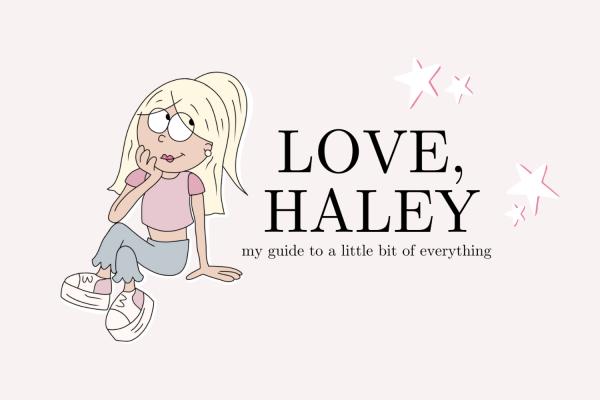Piece by Piece: healthy coping is key
Staff reporter Madison Saviano explores hot topics and issues that students face in her weekly column Piece by Piece.
September 17, 2019
Oftentimes we struggle to find moments of bliss amidst the racket created by our thousands of thoughts, incessantly buzzing around.
Some people opt to simply “turn it off,” however most quickly find that upon doing so they are left with a sinister silence. Once this option is found faulty, they flounder around from one coping mechanism to another.
“Coping mechanism” has a negative connotation, generally because most are used to a degree of abuse. In moderation, however, they can provide viable solutions.
For instance, I have a friend who was able to solve her sleep deprivation crisis by allotting just a little bit of time to decompression each day. She used research to conclude that sleep deprivation can be the result of a buildup of tension.
According to her findings, just 30 minutes of meditation or relaxation could greatly diminish her problem. With her schedule crammed with homework, relaxation at home was unlikely. Since she was unable to find time at home, she decided that her only viable option was to compensate at school.
She began to zone out during advisory and and was able to find a relaxed teacher who allowed her to sleep every so often. This fix was feasible for her as she was still able to stay afloat in school.
Of course, the extent one can go to to solve a problem differs from person to person. While zoning out and sleeping during school can become problematic, in proper doses it can be a reasonable remedy.
Healthy coping mechanisms can be beneficial if used in moderation.













